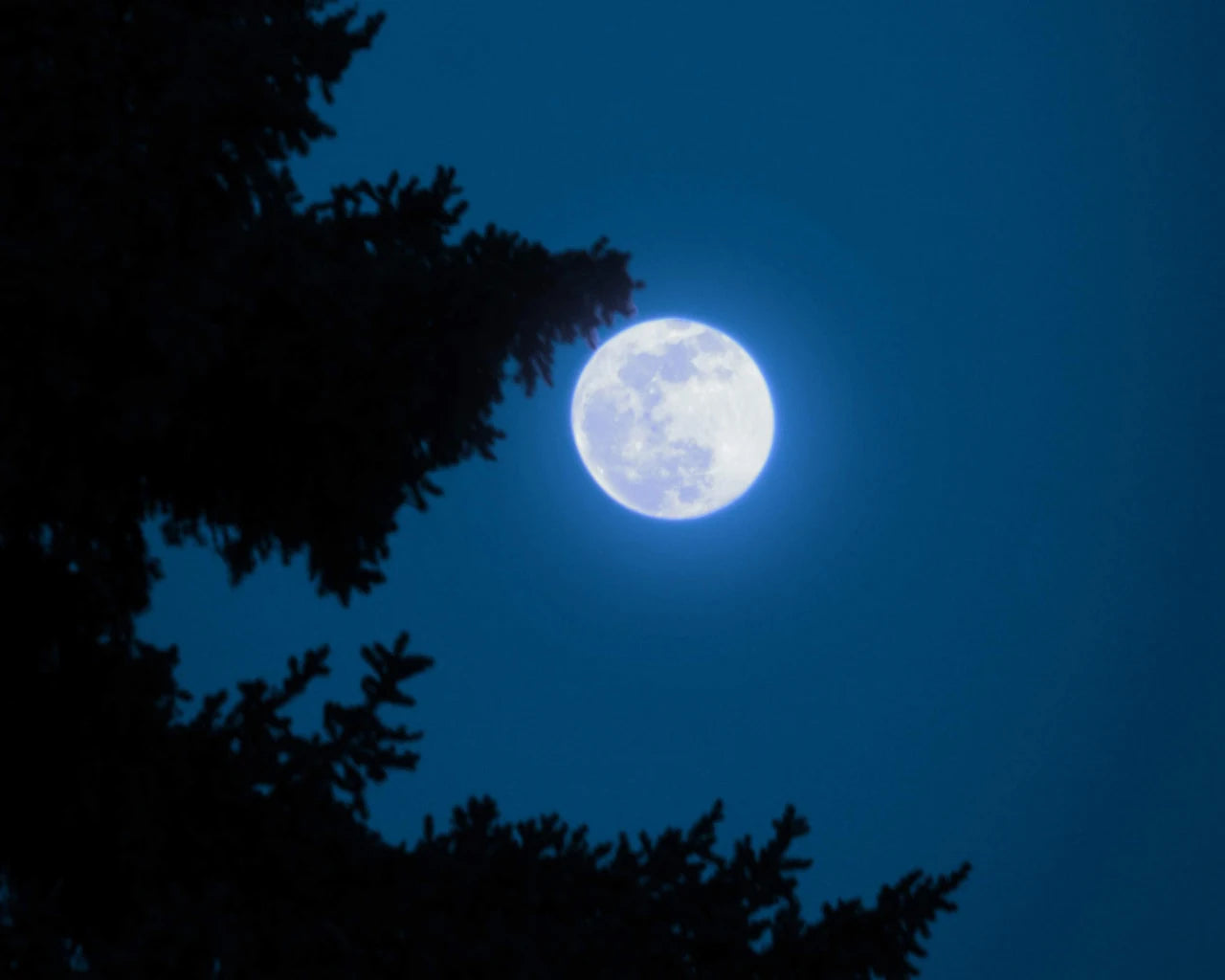Once In a Blue Moon

A rare blue supermoon will rise tonight giving gazers a rare sight they won’t see again until 2037.
The night sky has always been a source of fascination and intrigue for humanity. Among its many celestial wonders, the concept of a "blue moon" has captured our imagination and become part of popular culture. Despite the name, a blue moon isn't usually blue in color. So, why is it called a blue moon?
What Is a Blue Moon?
Contrary to what one might think, a blue moon isn't named so due to its actual color. Instead, the term "blue moon" refers to a relatively rare event when there are two full moons within a single calendar month.
This phenomenon occurs roughly once every 2.7 years.
But how did this term come into existence?
The phrase "blue moon" has its roots in old English and has been in use since at least the 16th century. Back then, the term was used to describe something that was considered rare or absurd, as in the phrase "once in a blue moon."
However, the specific application of the term to refer to two full moons in a month appears to have been a misinterpretation of an article published in the March 1946 issue of Sky & Telescope magazine. The author used the term "blue moon" to describe a complex rule for calculating the dates of Easter.
In the process, the meaning was misconstrued, leading to the popular understanding we have today.
What Is a Super Blue Moon?
A supermoon refers to a full moon rising when at its closest distance to Earth. During a supermoon, the moon looks brighter and larger, though it is not always perceived as so.
Today’s supermoon is a blue moon since it is the second full moon to occur in August.
The Actual Color of a Blue Moon
While the term "blue moon" doesn't refer to the moon's color, there are instances when the moon can appear to have a bluish hue. This phenomenon is extremely rare and is usually the result of certain atmospheric conditions, such as the presence of particles in the air, that scatter light in a way that favors blue wavelengths. The eruption of a volcano, for example, can release particles into the atmosphere that cause the moon to appear bluish.
In fact, the eruption of Mount Krakatoa in 1883 led to such conditions, resulting in blue-tinted moons observed around the world.
Around 25% of all full moons are supermoons, but only 3% of full moons are blue moons. - NASA
Blue Moon Folklore
Blue moons have often been associated with various cultural and folkloric beliefs. Some traditions consider blue moons as times of heightened spiritual energy or moments of special significance.
In certain Native American and Pagan traditions, for instance, blue moons are believed to hold mystical properties and are seen as opportunities for reflection, intention setting, and even magical practices.
The term "blue moon" might not be rooted in the moon's actual color, but it has found its place in our cultural lexicon to describe a rare and captivating lunar event - two full moons in a single month.




